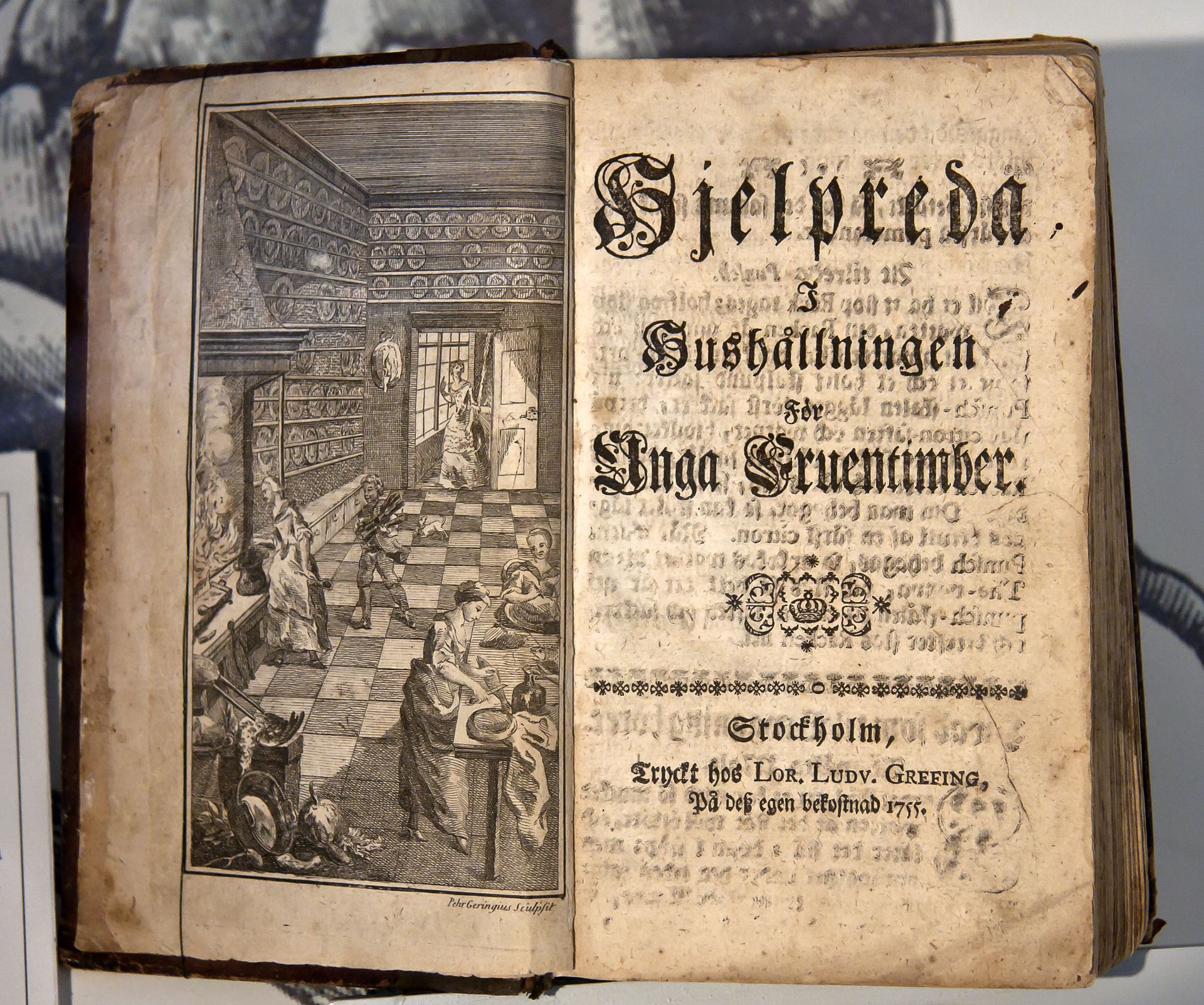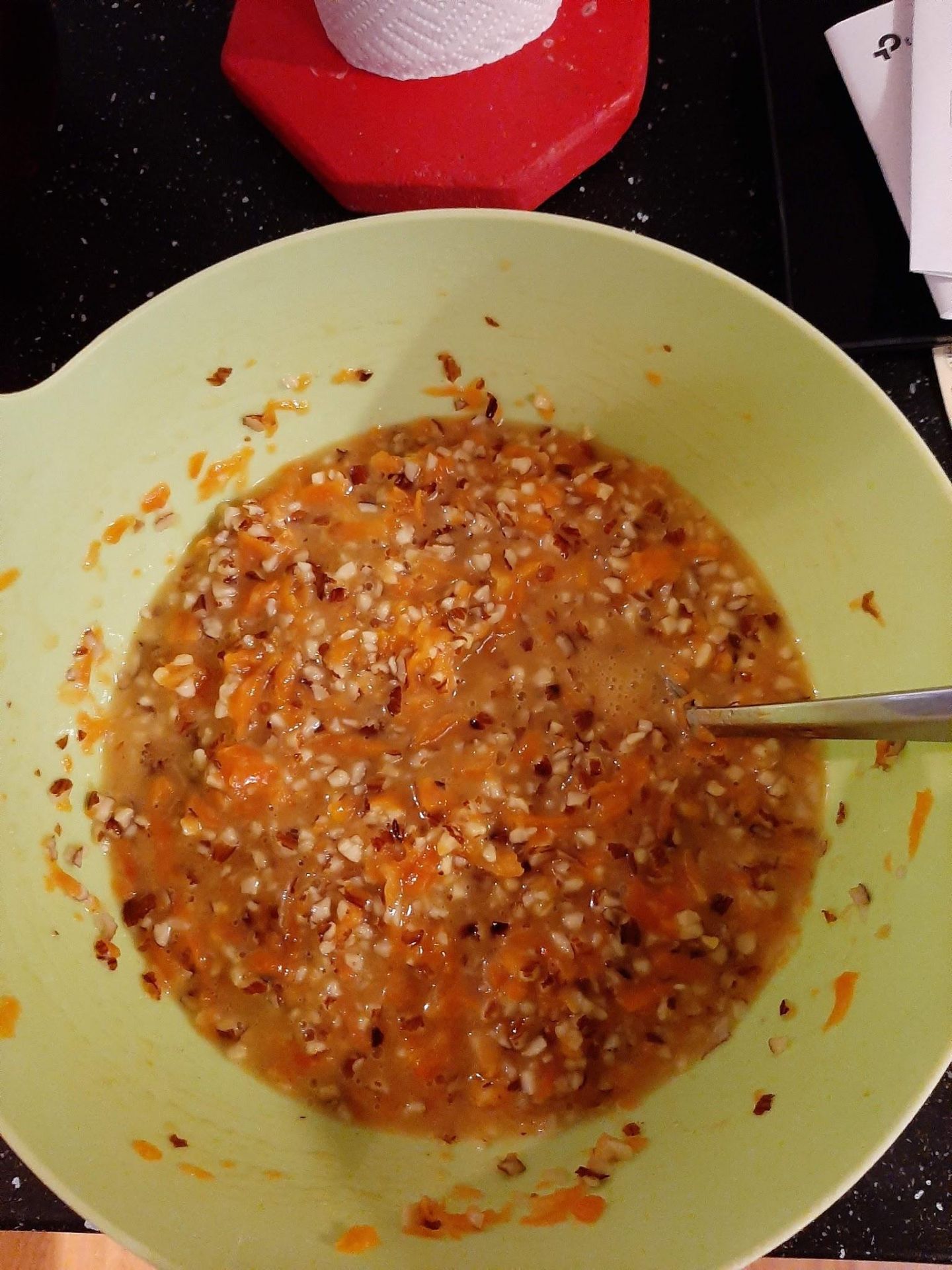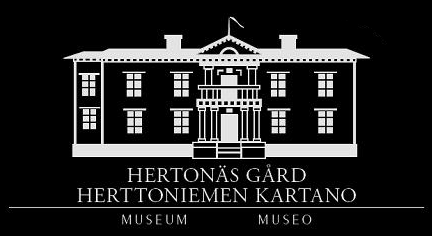Beatha Sophia Wrangel (1762–1840) was one of the owners who managed Hertonäs Manor for a long time. As a lady she had to care for the household. Her marriage to Carl Olof Cronstedt lasted between 1794 and 1820 and resulted in three children. The noble women were educated to fulfil the ideals of the society that included e.g. speaking French and managing the household. In this time period the noblewoman represented both her husband’s and her own noble families.
In the 18th and 19th centuries more food started to be accessible. In the early 18th century new diners opened in Sweden and the most noticeable were the cafées. The service varied concerning what occasion was organized. In the winecellars the way to serve food and drink was often à la française. According to this custom a feast included three or four rounds of meals and up to as much as 40 small dishes per round. During this period a dish was not the same as a modern dish on a plate. During the 18th century one dish could e.g. mean only mashed potatoes. Nowadays mashed potatoes are served on the side with legumes and meat or something similar.
Anna Christina (Cajsa) Warg (1703–1769) is one of the best internationally known Swedish authors of cookbooks. This is reflected in the fact that her cookbook was printed in several editions in Sweden and also translated into German, Finnish and Estonian. During Warg’s time the food was cooked over open fire. Since this is not the case in modern times Warg’s recipes are difficult to attempt to copy in a modern kitchen. One of the reasons why the popularity of her cookbook, Hjelpreda i Hushållningen för Unga Fruentimber (1755, A Help in the Household for Young Women), started to wain was due to new methods in cooking food in ovens and on stoves. Warg’s cookbook was still very long-lived and the last edition was printed in the 1820s.

Cajsa Warg's cookbook from 1755. Photo: Wikipedia.
Beata Sofia Wrangel’s account book derives from the period 1824–1829 and in this book we can get some hints on what products they used in Hertonäs Manor at that time. Among the fruits and legumes are e.g. apples, oranges, cucumber and salad mentioned. Products, places and food varied in Beata Sofia’s era. Winter was spent in the city of Helsinki and then one used e.g. figs. In May they ate rosette cakes. In the lady’s household they could very well serve e.g. carrotcake according to the style presented in Cajsa Warg’s cookbook.
Carrotcake in 18th Century Style
The recipe derives from Cajsa Warg’s cookbook printed in 1770, which can be digitally found via Alvin:
https://www.alvin-portal.org/alvin/view.jsf?pid=alvin-record:93035
http://www.alvin-portal.org/alvin/attachment/document/alvin-record:93035/ATTACHMENT-0743.pdf
The carrots are cooked very soft, then peel and grind them and press them through a cloth to remove moisture. Take 20 lots of carrots, 12 lots of almonds, 12 bitter almonds and grind them, 12 lots of sugar, 12 lots of fresh butter that is melted and the salt removed, six spoons of cream and whip it all together. Make a dough in the baking pan and pour the batter inside. Let the cake bake slowly. This cake should be baked for quite a while. One could prefer to add two yokes and whip thoroughly, but they are not necessary.
20 lots of carrots=265,6g
12 lots of almonds=159,36g
12 bitter almonds
12 lots of sugar=159,36g
12 lots of butter=159,36g
6 spoons (table spoons) of cream
Two yokes

The carrotcake's batter in the making. Photo: TH.
It is important to note that Warg’s recipe is difficult to manage with modern kitchenware. Some of the most important changes were to notice that bitter almond can be dangerous if prepared in a wrong way due to the fact that its kernel contains amygdalin that could form cyanid. The oven is an effective tool in this case, but one must be careful with the fumes. The other major difference is the dough in the bottom of the pan. I used readymade dough and my attempt to duplicate Warg’s carrot cake is confined to the mere batter inside.
The batter was quite easy to make. I replaced the bitter almonds with a greater amount of almonds, all in all 200 grams. Everything was mixed and we fixed the amounts to 160g and 270 g. The yokes are definitively something worth adding in the batter – as a result the mix was less moist. We can recommend a cooking time of about 40–50 minutes and after that the cake should be ready. There was a lot of moisture forming, so I recommend using a pan that is high enough on the sides. The temperature of the oven varied from 175 down to 160 degrees Celcius.
After you have taken the cake from the oven you can leave it standing for a couple of hours. The cake tasted good according to everyone who tried it.
The most important changes in the recipe
Readymade dough
200 grams of crushed almonds
Bitter almond oil – a few drops
The oven: 175 degrees Celcius (25 min.) and 160 degrees Celcius (20 min.).

The carrotcake is ready! Photo: TH.
Literature:
(EAW, Ralf P., Daniela F., Cecilia G., Astrid N.), 2020: Kvinnohistorisk_guidning_Hertonäs.pdf, unpublished.
Backman, Sigbritt 2016: Hertonäs gård – från säterier till museum. SOV: Helsingfors.
Ilmakunnas, Johanna 2012 (Finnish original edition 2009): Ett ståndsmässigt liv: Familjen von Fersens livsstil på 1700-talet.
Jönsson, Håkan & Tellström, Richard 2018: Från krog till krog: Svenskt uteätande under 700 år.
Sjöberg, Maria: Anna Christina (Cajsa) Warg, www.skbl.se/sv/artikel/AnnaChristinaWarg, Svenskt kvinnobiografiskt lexikon, last seen 2020-09-13, originally published 2018.
Aleksandra Strzelichowska, Celebrity chefs of the past: Meet the women who taught Europe to cook, https://blog.europeana.eu/2020/03/meet-the-women-who-taught-europe-to-cook/ last seen 13.9.2020, originally published 2020.
Suomen maatalouden historia I - perinteisen maatalouden aika – noin vuoteen 1870. Toim. Viljo Rasila, Eino Jutikkala & Anneli Mäkelä-Alitalo, 2003.
Translation: EAW
